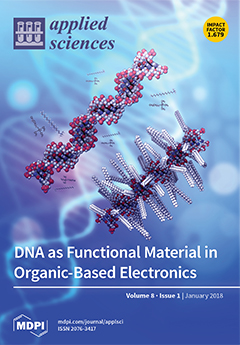Open AccessFeature PaperArticle
Manipulating Propagation Constants of Silver Nanowire Plasmonic Waveguide Modes Using a Dielectric Multilayer Substrate
by
Yifeng Xiang, Junxue Chen, Douguo Zhang, Ruxue Wang, Yan Kuai, Fengya Lu, Xi Tang, Pei Wang, Hai Ming, Mary Rosenfeld, Ramachandram Badugu and Joseph R. Lakowicz
Cited by 10 | Viewed by 5431
Abstract
Experiments and numerical simulations demonstrate that when a silver nanowire is placed on a dielectric multilayer, but not the commonly used bare glass slide, the effective refractive index of the propagating surface plasmons along the silver nanowire can be controlled. Furthermore, by increasing
[...] Read more.
Experiments and numerical simulations demonstrate that when a silver nanowire is placed on a dielectric multilayer, but not the commonly used bare glass slide, the effective refractive index of the propagating surface plasmons along the silver nanowire can be controlled. Furthermore, by increasing the thickness of the top dielectric layer, longer wavelength light can also propagate along a very thin silver nanowire. In the experiment, the diameter of the silver nanowire could be as thin as 70 nm, with the incident wavelength as long as 640 nm. The principle of this control is analysed from the existence of a photonic band gap and the Bloch surface wave with this dielectric multilayer substrate.
Full article
►▼
Show Figures





